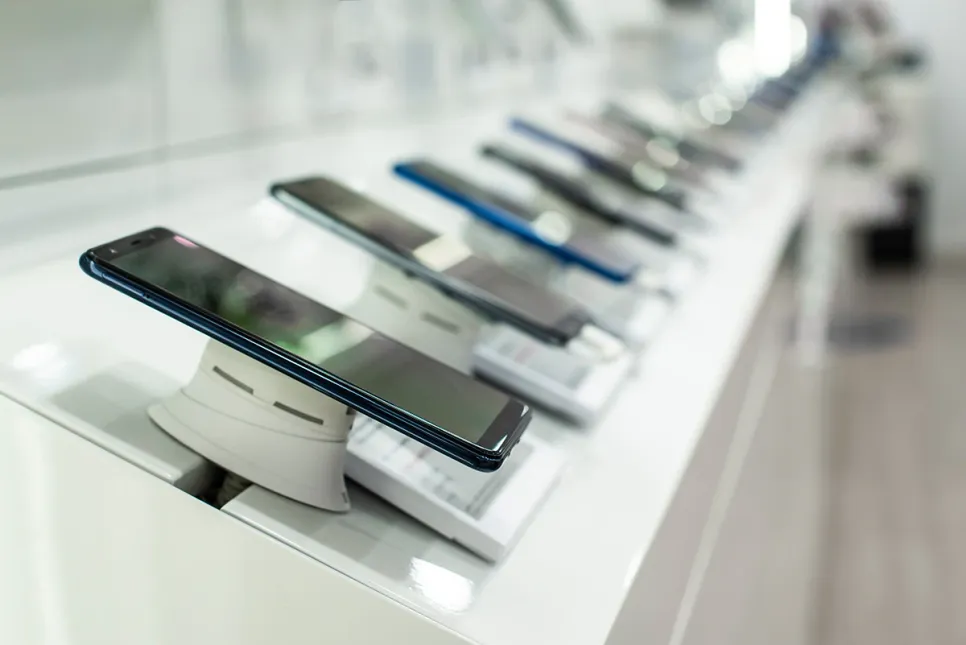AWS, Genesys, and NICE Top 2025 CCaaS Leaderboard
A new study by Juniper Research has revealed the vendors currently leading the Contact Centre-as-a-Service (CCaaS) market.

In the first quarter of 2025, the global smartphone market recorded a slight growth of 0.2%, with shipments reaching 296.9 million units, according to Canalys. As the peak replacement cycle came to an end and vendors prioritized healthier inventory levels, global smartphone market growth slowed for the third consecutive quarter.
Samsung maintained its lead, shipping 60.5 million units, supported by the launch of its latest flagship models and competitively priced new A-series products. Apple ranked second with 55.0 million units shipped and a 19% market share, driven by growth in emerging Asia-Pacific markets and the United States. Xiaomi secured third place with 41.8 million units shipped and a 14% market share, leveraging its diverse product ecosystem to strengthen its brand in Mainland China and emerging overseas markets. vivo and OPPO followed in fourth and fifth places, with shipments of 22.9 million and 22.7 million units, respectively.
“The regional smartphone landscape is becoming increasingly complex,” said Toby Zhu, Principal Analyst at Canalys. “Markets that had shown strong momentum over the past year, such as India, Latin America, and the Middle East, are now experiencing notable declines in Q1, indicating saturation in replacement demand for mass-market products. The European market has also dropped after a brief recovery, with vendors facing high flagship inventory from late last year and disruptions in mid- and low-end product lines due to the upcoming eco-design directive. Government subsidy programs stimulated Mainland China’s growth, while Africa continued to benefit from vibrant retail activities and proactive market expansion efforts.”
“Major smartphone brands have not yet adjusted their full-year shipment targets, despite the lackluster performance in Q1,” stated Zhu. “They remain optimistic about a market rebound in Q2 and in the second half of the year. Some regions, such as Southeast Asia and Latin America, already showed signs of gradual recovery in March. Additionally, decreasing inventory levels and the mid-year launch of new mid- and low-end products have boosted their confidence. However, vendors still face multiple challenges. First, brands are adopting a cautious approach to hardware upgrades in mass-market segments to offset rising costs, necessitating more refined management of product life cycles, pricing, and go-to-market strategies. Second, competition in the mid-range ($200 to $400) segment will intensify as brands seek breakthroughs in ASPs. Third, the possibility of escalating global trade tensions could drive more countries to pursue localized smartphone manufacturing, posing additional investment and cost pressures for vendors.”